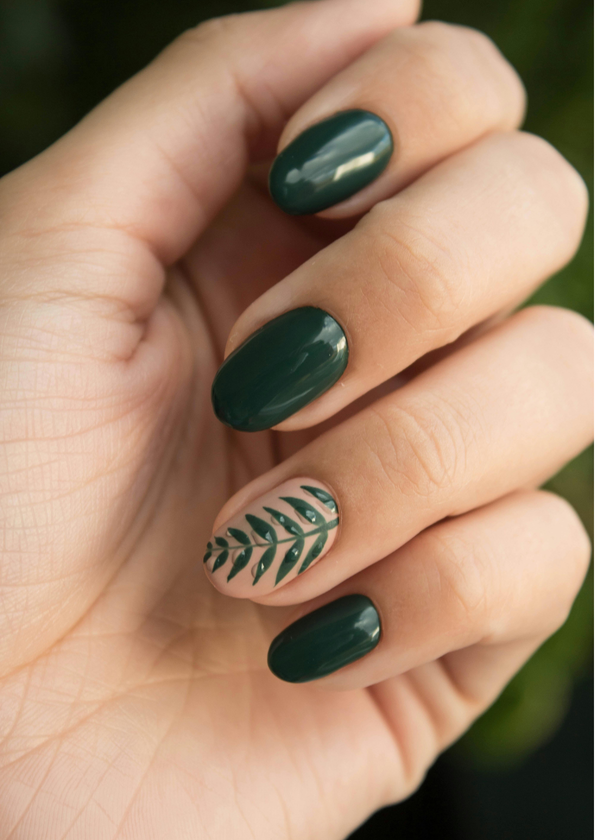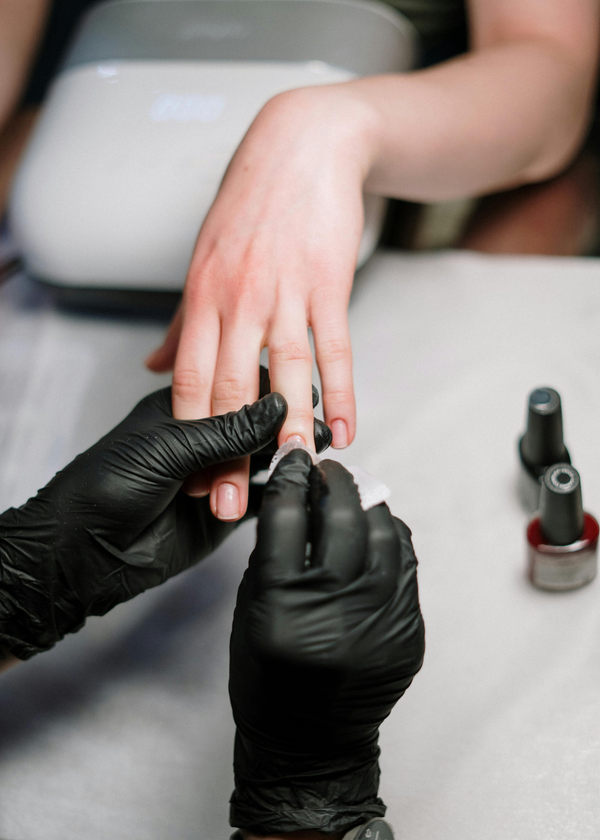In the dynamic world of hair care, the emergence of new products is a constant. Among these innovations, bonding shampoos have captured the spotlight, promising to revolutionize the treatment of damaged hair.
These shampoos are marketed as a panacea for reinforcing and repairing hair from the inside out.
With a barrage of advertisements flaunting dramatic hair transformations, consumers are left pondering: Do bonding shampoos live up to the hype?
This article delves into the scientific principles of bonding shampoos, dissects their key components, evaluates their effectiveness through scientific research, and gathers insights from hair care professionals to uncover the reality of these fascinating products.
Understanding Hair Structure
To fully grasp the potential of bonding shampoos, one must first understand hair's basic anatomy. Hair is composed of three primary layers: the cuticle, cortex, and medulla.
The cuticle is the protective outer layer, the cortex provides strength, color, and elasticity, and the medulla, at the hair shaft's core, is sometimes absent in finer hair strands.
Common Causes of Hair Damage
Hair damage stems from a variety of sources, including environmental stressors, heat styling, and chemical treatments.
These factors can compromise hair integrity, leading to breakage, split ends, and a lackluster appearance.
While traditional shampoos and conditioners tackle surface-level moisture and cleanliness, bonding shampoos claim to go deeper, repairing internal damage and restoring hair's structural integrity.
Key Ingredients in Bonding Shampoos
The credibility of bonding shampoos hinges on their ingredients. Many contain bis-aminopropyl diglycol dimaleate, a molecule designed to bond with and fortify the hair. Other common ingredients include amino acids, keratin, and proteins, all essential for hair nourishment and strength.
Scientific Studies on Bonding Shampoos
The backbone of any claim lies in scientific validation. We will explore pivotal studies that have examined bonding shampoos' efficacy, scrutinizing their methodologies and results to provide an informed perspective on these products' scientific standing.
Expert Opinions
The perspectives of hair care experts, such as trichologists, dermatologists, and stylists, are crucial in assessing bonding shampoos' practical effectiveness.
Their firsthand experiences with clients and observations in the salon offer a real-world view that complements scientific research.
User Experiences and Reviews
The ultimate test for hair care products is user satisfaction. We will analyze a wide array of reviews, testimonials, and social media feedback to gauge how bonding shampoos perform across various hair types and individual needs.
The Pros and Cons of Bonding Shampoos
Every product has its advantages and drawbacks. We will present a balanced view of bonding shampoos, considering usability, cost, and potential side effects, to help readers make well-informed decisions tailored to their hair care requirements.
Conclusion:
The effectiveness of bonding shampoos is a complex issue that warrants a thorough investigation.
By dissecting the science, examining ingredients, reviewing studies, consulting experts, and considering user feedback, we strive to provide a definitive answer.
The success of bonding shampoos may differ from person to person, and what benefits one may not work for another.
With a deeper understanding of bonding shampoos, consumers can make choices that best suit their unique hair care needs.








